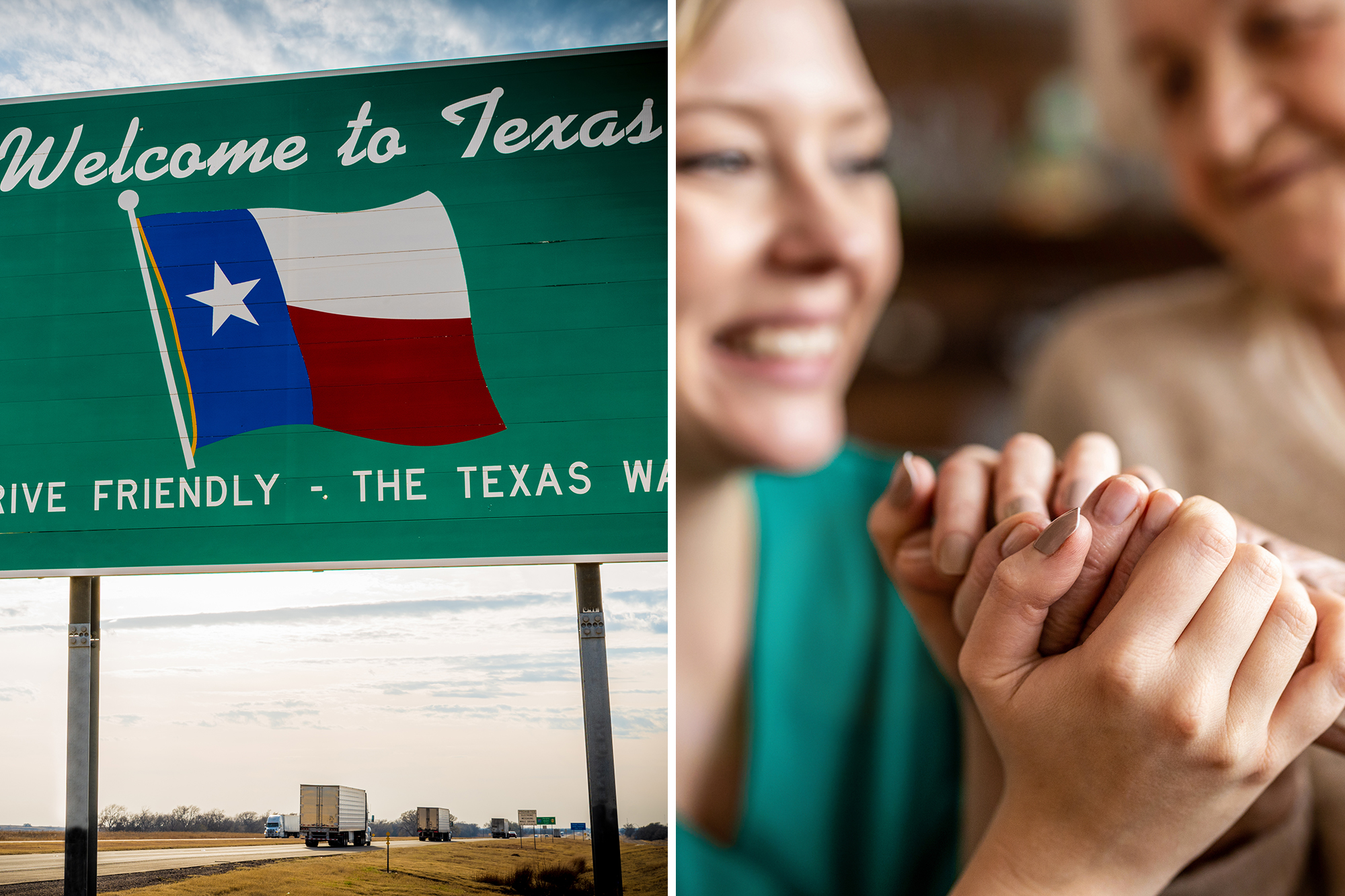A county in southern Texas, near the American-Maxic border, suffers from an epidemic.
Starr county has appeared as a national starting point, not for tourism or industry, but for one of the highest rates of dementia in the country.
About one in five seniors here has dementia, which is more than double the average rate in the United States.
Gladys Maestre, director of the Rio Grande Valley Valley Resource Center, told Daily Mail that this figure is only the “tip of the iceberg”, as the actual number is probably “much larger.”
“I have also seen so many 50 -year -old people already sick,” he said. “The only way to give accurate estimates is to do an epidemiological study, leads by door in this case.”
The reasons for this phenomenon, however, are more difficult to define.
“Patients will come and say,” Have you discovered it? What is it? “, Said Jessica Cantú, a county resident who works in his first specific research site of Alzheimer’s, the Faro Health and Therapeutics, told the Atlantic this week.
“I don’t know what is this causing all of this.”
Dementia, the gradual decrease in thought, memory and reasoning, affects about one in ten North -Americans 65 and older. The neuro-cognitive disorder represents more than 100,000 deaths each year.
Dementia is not caused by a single factor, but because of damage to brain cells that affect their ability to communicate.
There are many risk factors for dementia, such as physical inactivity, smoking, obesity, depression, lowest levels of education, social isolation, traumatic brain injuries and air pollution.
The Atlantic reported that the poverty rate in Starr county stands at about 30%and that diabetes, high blood pressure and heart disease are prevalent. Access to health care is limited and many adults do not have health insurance.
The average temperature in Texas in summer is 98 degrees Fahrenheit. Studies show that extreme heat increases hospitalization rates between people with dementia.
Maestre believes that pollution, especially toxins recently found in their homes, is to blame.
“I think this is a perfect storm, where environmental problems and adverse experiences in early life come together to make the brain more vulnerable,” he said.
“When I say life experiences, I mean not only pollutants, I mean extreme heat and a car -centered environment.”
In this county, these factors are composed over time.
But there is a silver coating: many people live more than expected, even with high rates of dementia.
This longevity, often observed among Hispanic populations despite health and economic challenges, can be supported by cultural attitudes that consider dementia as a natural part of aging.
Of 66,000 residents of Starr County, around 97% are identified as Hispanic or Latin.
Here, the elders with dementia usually stay at home and are taken care of by friends and family.
“It was never, never, from the day I took him to my house, it was never a day alone,” Juan “Manny” Saenz told his father’s Atlantic, who recently died after fighting dementia. “We take care of ours.”
This is important, as research shows that social isolation can worsen dementia, and loneliness can even increase the risk of developing the disease by up to 60%.
In fact, the residents of Ikaria, Greece, prove their strong sense of community as one of the reasons for their impressive dementia rates.
A recent study identified six modifiable life factors that could drastically reduce the risk of dementia and the depression of late life, including alcohol intake, cognitive exercises, diet, physical activity, sense of purpose and social form.
#Texas #County #double #dementia #rest #United #States
Image Source : nypost.com
